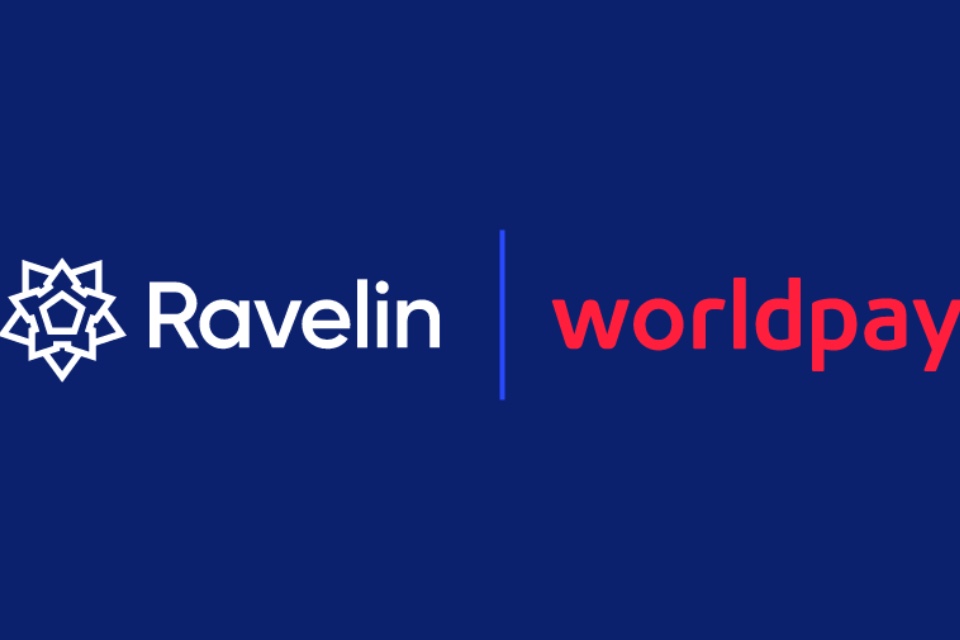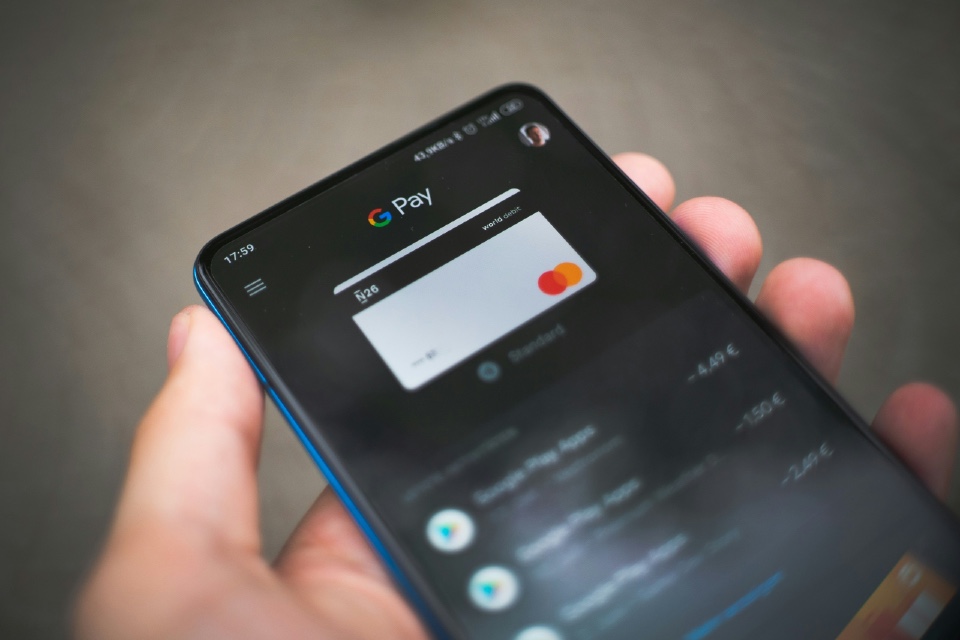40% of AI data breaches caused by cross-border GenAI miuse by 2027

In excess of 40% of AI-related data breaches will be caused by the improper use of generative AI (GenAI) across borders by 2027, according to new research. Analysis by boffins at Gartners indicates the swift adoption of GenAI technologies by end-users has outpaced the development of data governance and security measures, raising concerns about data localisation due […]
FRAUD PREVENTION MONTH: How to protect payments in omnichannel retail environments

Omnichannel commerce, where customers shift constantly between online, mobile, and in-store shopping, is now the norm. While this unified experience delights consumers, it also creates significant challenges for fraud prevention. Fraudsters exploit gaps across channels, employing increasingly sophisticated tactics that traditional, siloed fraud detection systems struggle to counter. As a result, retailers and brands must adopt integrated, omnichannel […]
The growth market for managed services: opportunity in 2025

Despite the current turbulent economic climate, research firms across the world are forecasting great opportunity for managed services providers. For instance the firm, Horizon Grand View Research, points out that in 2023 the market generated a revenue of USD 17,471.8 million. It forecasts that this figure will reach USD 42,125 million by 2023, and anticipates growth […]
March is Risk Prevention & Compliance Month on Briefing – Here’s how to get involved!

Each month on Fraud Prevention Briefing we’re shining the spotlight on a different part of the market – and in March we’ll be focusing on Risk Prevention & Compliance Solutions. It’s all part of our ‘Recommended’ editorial feature, designed to help industry buyers find the best products and services available today. So, if you specialise in Risk Prevention […]
Ravelin snapped up by Worldpay as its fight against AI fraud continues

Worldpay has entered into a definitive agreement to acquire Ravelin, the UK-based AI-native fraud prevention platform. The rationale? Worldpay says Ravelin will complement and enhance its portfolio of value-added solutions and ‘enable merchants of all sizes to grow faster and protect their businesses as fraud activity accelerates globally’. Since its inception in 2015, Ravelin has […]
FRAUD PREVENTION MONTH: Reducing risk without hurting sales in 2025

We know from delegates at the Fraud Prevention Summit that brands, retail and e-commerce businesses are investing heavily to protect transactions, reduce chargebacks, and safeguard customer data. However, a key challenge remains—how to strike the right balance between security and customer experience. Overly strict fraud controls can lead to false declines, frustrated customers, and lost revenue. […]
Quantum key boom predicted as telecoms sector ramps investment

Telecoms market stakeholders will invest a cumulative spend exceeding $6 billion on developing and implementing quantum key distribution (QKD) between 2025 and 2030. That’s according to a new study from Juniper Research into QKD – a communication method that leverages quantum mechanics to create encryption keys that are unable to be intercepted by fraudulent players; increasing […]
Smarter Payments Summit: Everything you need to know about next month’s event

The Smarter Payments Summit gives you the opportunity to meet with leading payments providers to discuss your business needs, plus learn from the best during inspiring seminar sessions. DATE: 10th March 2025 VENUE: Hilton, London Canary Wharf Your pass will be fully funded by us to attend as our guest, which includes: 🤝 A personalised itinerary of 1-2-1 meetings with industry […]
DIGITAL IDENTITY VERIFICATION MONTH: How to evaluate solutions and pick the best partners

As online transactions grow, so does the sophistication of fraudsters employing tactics like identity theft and synthetic fraud. For senior professionals charged with combatting merchant fraud, sourcing the right digital identity verification suppliers is essential for safeguarding customer trust and business operations. Here’s how delegates at the Fraud Prevention Summit are evaluating and selecting the […]
MARKET DATA: Open Banking the most in-demand digital payment solution for 2025

Open Banking, Payment Service Providers and Card Payments are topping the list of technologies and solutions the UK’s e-commerce and retail payments professionals are sourcing for 2025, according to our exclusive research. The findings have been revealed in the run up to the eCommerce Forum, which takes place on February 4th in London and are […]

